“Gotta go? Right now?”
Overactive bladder affects millions of men and women and can cause alterations and disruptions in daily life. How can yoga help? By accessing the benefits of
pranayama (breath work) and decreasing the fight or flight response in the body.
How breathing helps an overactive bladder
Breathing is an autonomic function, just as our heart beats and peristalsis moves food through our digestive tract. Unlike other autonomic functions of the body, breathing can also be voluntarily controlled. By regulating the rate and depth of respiration, we are able to bring into balance the parasympathetic (rest and digest) and sympathetic (fight or flight) nervous systems.
Retraining nonoptimal breathing patterns is important in the treatment of overactive bladder. Studies show an imbalance in the autonomic nervous system for men and women with overactive bladder. This imbalance is detected through monitoring the heart rate variability during voiding.
Results of a study by Choi et al. revealed that patients with overactive bladder demonstrated altered autonomic nervous system response measured by lower heart rate variability parameters. What is the relevance of this? We can use conscious breathing patterns to increase the parasympathetic nervous system activity within the body.
Another reason why training the breath is helpful for men and women with overactive bladder is mindfulness. By training in conscious breathing we are able to more effectively utilize the behavioral modifications of urge deferral and staying calm while walking to the toilet.
Breathing and the pelvic floor
Our breath relates to the function of our pelvic floor muscles. As we inhale, the pelvic floor muscles lengthen out and down. As we exhale, the pelvic floor muscles move back towards the head. As we increase awareness of the pelvic floor muscles we can activate them when we are suppressing the urge (a few contractions while calmly sitting) and relax them when we are on the toilet.
Don’t underestimate the power of your diaphragm and breathing habits. Smith, Russell and Hodges discovered that continence and breathing disorders are more related to frequent episodes of low back pain than obesity and physical activity. By applying mindfulness to your breathing habits you can make positive changes in several areas of your life.
Check out these video instruction in pranayama on the resources page.
I’d love to read your feedback below!
[hr]
Originally published 8/11/13.
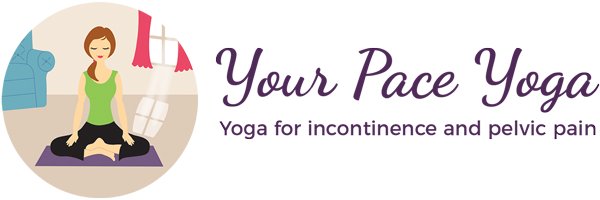
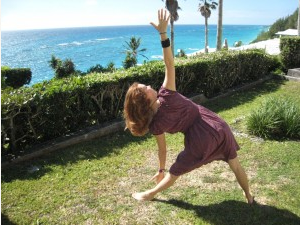
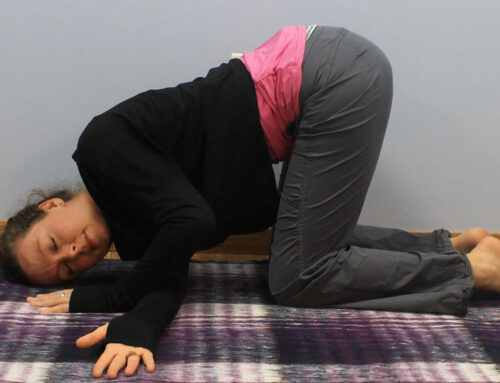
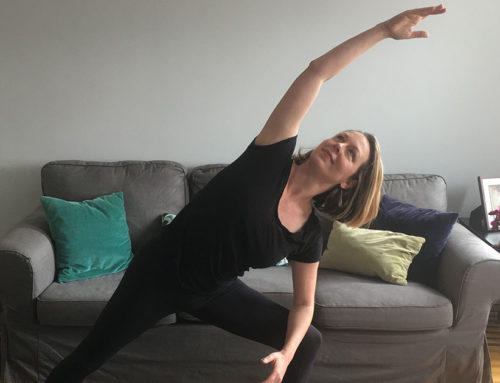
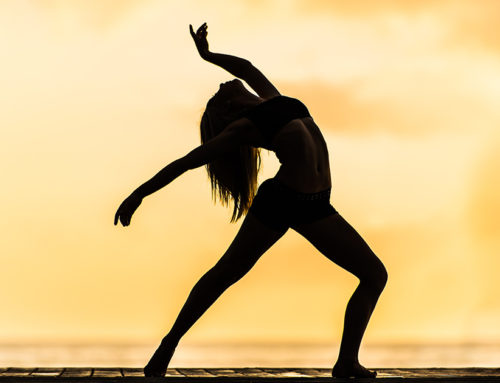
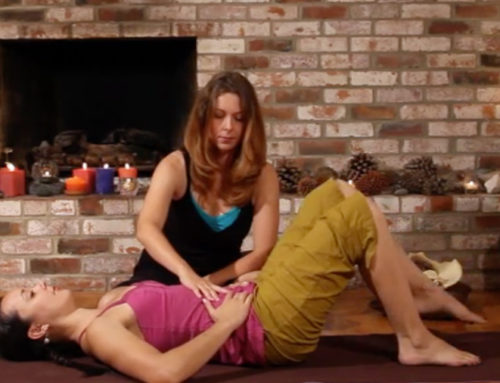
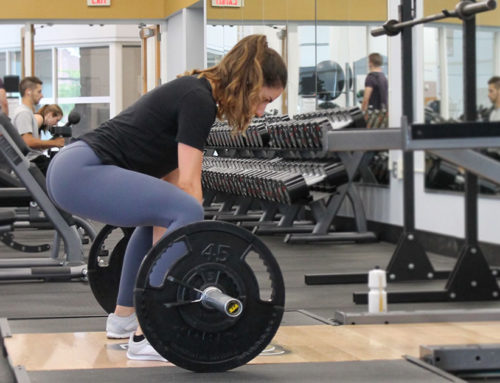
Leave A Comment